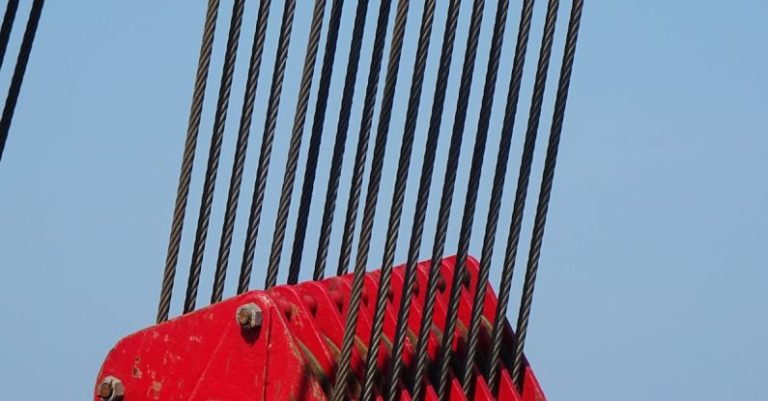The Future of Bridge Construction: Composite Materials
The construction industry is constantly evolving, seeking new materials and methods to improve the durability, sustainability, and efficiency of structures. In recent years, one material that has been gaining significant attention in bridge construction is composite materials. These advanced materials, typically made by combining two or more different materials to create a stronger and more lightweight product, have shown great promise in revolutionizing the way bridges are built. Let’s delve into the future of bridge construction with composite materials.
**Enhanced Durability and Longevity**
Traditional materials like steel and concrete have long been the go-to choices for bridge construction due to their strength and reliability. However, these materials are susceptible to corrosion, weathering, and degradation over time, leading to costly maintenance and repairs. Composite materials, on the other hand, offer superior resistance to corrosion, rust, and other environmental factors that can compromise the structural integrity of bridges. By using composites in bridge construction, engineers can potentially increase the lifespan of bridges and reduce the need for frequent maintenance, resulting in cost savings in the long run.
**Lightweight and High Strength**
One of the key advantages of composite materials is their exceptional strength-to-weight ratio. Composites are much lighter than traditional materials like steel and concrete while being equally strong, if not stronger. This lightweight nature not only makes construction processes more manageable and efficient but also reduces the overall load on the bridge, leading to improved structural performance. Bridges constructed with composite materials can support heavy loads without adding unnecessary weight, offering a cost-effective solution for spanning long distances and carrying heavy traffic.
**Design Flexibility and Versatility**
Composite materials provide engineers with unparalleled design flexibility, allowing them to create innovative bridge structures that were previously impractical or impossible with traditional materials. The ability to mold composites into various shapes and sizes enables the construction of complex bridge designs that are both aesthetically pleasing and structurally sound. Additionally, composites can be tailored to meet specific performance requirements, making them suitable for a wide range of bridge applications, from pedestrian bridges to highway overpasses.
**Sustainability and Environmental Benefits**
In an era where sustainability is a top priority, composite materials offer significant environmental benefits compared to traditional construction materials. Many composites are made from recycled or renewable sources, reducing the reliance on finite resources and minimizing the carbon footprint of bridge construction projects. Additionally, the durability and longevity of composite bridges contribute to overall sustainability by reducing the need for frequent replacements and repairs, which consume additional resources and energy.
**Challenges and Future Outlook**
While the potential of composite materials in bridge construction is promising, there are still challenges that need to be addressed to fully realize their benefits. One of the main challenges is the initial cost of composites, which can be higher than traditional materials. However, the long-term savings in maintenance and repair costs often offset the higher upfront investment. Another challenge is the need for standardized design codes and guidelines for using composites in bridge construction to ensure safety and reliability.
**Looking Ahead: The Composite Revolution in Bridge Construction**
As technology advances and research in composite materials continues to expand, the future of bridge construction looks increasingly promising. The use of composites offers a myriad of benefits, including enhanced durability, lightweight design, flexibility, and sustainability, making them an attractive choice for the bridges of tomorrow. By overcoming current challenges and embracing the versatility of composite materials, engineers and architects can create innovative bridge structures that not only stand the test of time but also contribute to a more sustainable and resilient infrastructure landscape. The composite revolution in bridge construction is underway, and the possibilities are limitless.





